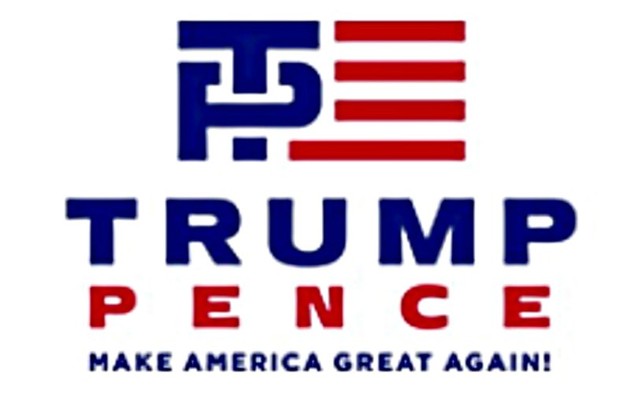
Until this week, three episodes of choosing a vice presidential nominee stood out in post-World War II history as the clumsy ones:
- 1972, when Democratic nominee Senator George McGovern chose Sen. Thomas Eagleton as his running mate, but had to swap him out for Sargent Shriver after news of Eagleton’s treatment for mental illness emerged;
- 1988, when George H.W. Bush, then finishing eight years as Ronald Reagan’s vice president, chose young Sen. Dan Quayle—only to see Quayle immediately engulfed by hostile press questioning about his Vietnam-era record and other problems, followed by a very weak debate performance against his Democratic counterpart, Sen. Lloyd Bentsen.
- 2008, when Sen. John McCain, who was looking to shake things up and pull off a “game change,” chose Gov. Sarah Palin as his VP candidate. That led to a short-term polling boost but many longer-term problems.
In Bush’s case, the Quayle choice ended up as part of a winning ticket. In McGovern’s and McCain’s, the slate would probably have lost no matter who was the VP. And there’s a whole poli-sci argument about whether VP picks make any difference at all in the November outcome, which I won’t get into.
The range of other choices include some that clearly did no good electorally — Al Gore’s selection of Joe Lieberman in 2000, for instance — and others that look worse as the years go by, given the VP-candidate’s subsequent life arc. John Edwards, as John Kerry’s running mate in 2004, leads this list, followed by Palin. Dick Cheney, GW Bush’s choice in 2000 and 2004, probably was one of the many factors that allowed Bush to squeak into the White House, because of Cheney’s then-reputation for foreign-policy experience and his dominance of Joe Lieberman in the VP debate. But from my perspective he was one of the worst-ever VP choices, because of what he actually did in office (and afterwards).
***
When matched against the run of past nominees, Governor Mike Pence of Indiana seems less impressive than most in electoral terms, and average-to-better on the experience front.
Electorally, a very conservative white man from a very conservative Midwestern state does Trump no obvious good with the Latino, African-American, female, young, college-educated, or environmentalist blocs of voters with whom he trails badly. Beyond that, Pence actively hurts with LGBT groups because of his involvement in Indiana’s Religious Freedom and Restoration Act. He may hearten some Republican conservatives, but the need to do that is itself a trouble sign for a Republican nominee.
On the other hand, in terms of experience, Pence has incalculably more than Trump himself and as, as a long-time Congressman and now a governor, he has as much or more formal experience as many other recent VP candidates.
As for his instantly highlighted stark differences with three of Trump’s main campaign themes — Trump claims (falsely) that he was against the Iraq war, while Pence was strongly for it; Trump is against NAFTA and the TPP, while Pence is for them; Trump has renewed his calls for limits on Muslim immigration, while Pence has resisted — this kind of Pres/VP tension has happened before. Any experienced politician knows how to present it as a sign of healthy creative tension etc. Famous example: Candidate George H.W. Bush had strongly denounced candidate Ronald Reagan’s tax-cut plans as “voodoo economics,” when Bush was fighting Reagan for the 1980 GOP nomination. But after Reagan won, Bush loyally and effectively signed on as advocate for those tax cuts on the campaign trail as as Vice President.
***

So the result of this stage of Trump’s general-election campaign seems more positive than most of his other steps in the past two months. What may distinguish it in a bad way is the process — which in turn matters if it reflects on Trump’s ability to cope with complexities of national-level operations. In specific: